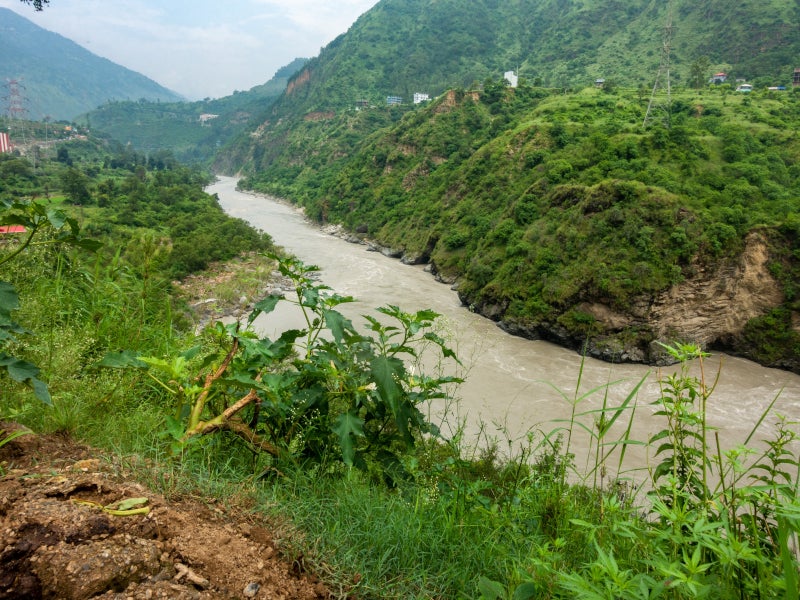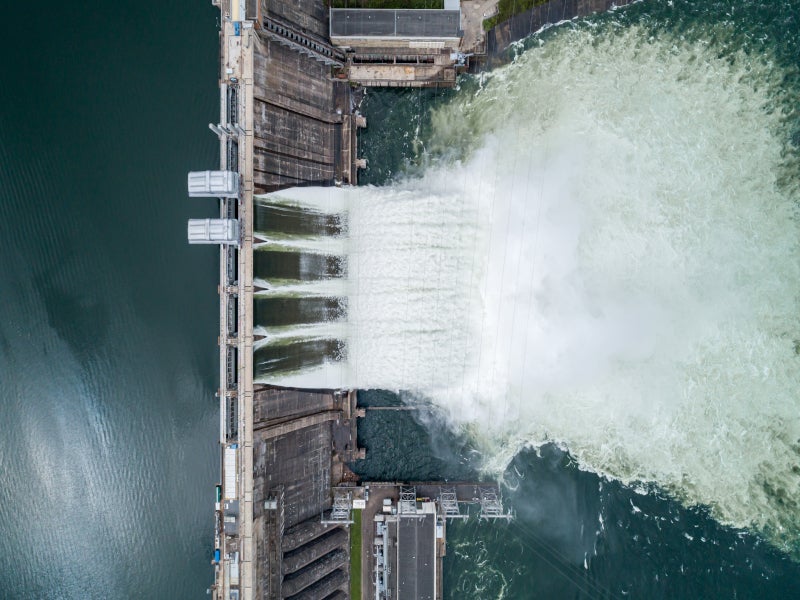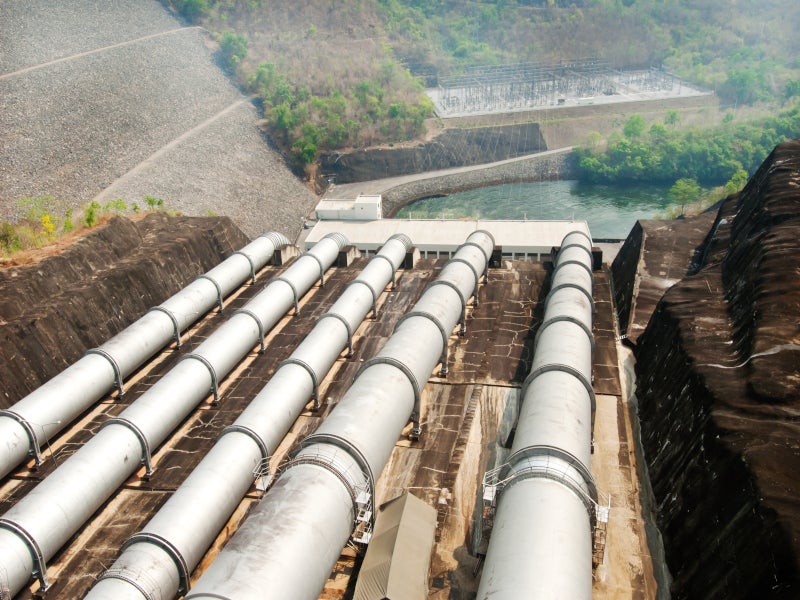The Sunni hydroelectric project (HEP), under development on the Satluj River in Himachal Pradesh, India, will feature a run-of-the-river-type dam.
The project is owned by Satluj Jal Vidyut Nigam (SJVN), a collaborative venture between the government of India and the state government of Himachal Pradesh.
The project is a part of the larger Luhri HEP, which is being developed in three distinct stages along the Satluj River within the northern Indian state of Himachal Pradesh.
The stages comprise the 210MW Luhri Stage-1, the 172MW Luhri Stage-II and the 382MW Sunni HEP.
The Cabinet Committee on Economic Affairs has awarded SJVN an estimated investment of Rs26.14bn ($315.68m) for the construction of the dam.
The anticipated completion of the civil and hydro-mechanical works of the Sunni HEP is by November 2027. The project is expected to be commissioned in April 2028.
Project location
The project is located on the Satluj River near the village of Khaira in the Shimla and Mandi Districts in Himachal Pradesh.
The site is 145km from the nearest railway station at Kalka in Haryana and accessible via NH-5, followed by SH-13 and MDR-22 through Shimla, Naldhera and Chaba.
Sunni hydro electric project details
The Sunni hydropower project will feature a reservoir with a length of 20.7km, a gross storage capacity of 82.5 million cubic meters (mcm) and a live storage capacity of 7.9mcm at the full reservoir level.
The diversion tunnel will have a discharge rate of 773 m3 per second. It will be located on the river’s left bank. The tunnel will be horseshoe-shaped, with a diameter of 10m and a length of 642.2m.
The dam will be a concrete gravity structure, rising 71m high from the riverbed. It will incorporate a low-level spillway with six bays, each fitted with radial gates 8.5m and 16m in width and height respectively.
Three intakes will channel water from the reservoir to the powerhouse situated on the right bank. The intake structures will be equipped with trash screens to prevent debris from entering the pressure shafts.
Three pressure shafts will be constructed with each shaft further bifurcating into two smaller shafts. The shafts from intakes one and two will have a diameter of 8.6m, while the shaft from intake three will have a diameter of 7.2m.
Water discharged from the turbines will flow through draft tubes into two tailrace tunnels, with diameters of 10.5m and 9m. These tunnels will measure 288m and 208m in length respectively. A gated structure is proposed to be installed post-tailrace tunnel to release water into the Satluj River.
Powerhouse details
An underground powerhouse is to be constructed on the right bank of the river. The powerhouse cavern will be 171m long, 22.5m wide and 51.5m high. It will house six Francis turbines with a total installed capacity of 382MW. The turbines will be configured in 4 x 73MW main units and 1 x 73MW + 1 x 17MW auxiliary units.
The design of the four main units aims to provide operational flexibility and accommodate site constraints, while the two auxiliary units will manage environmental discharges during periods of low water flow.
The powerhouse cavern will be situated 200m within a hill, with an overlying rock cover of 300m. The transformer hall cavern will extend 175m in length, 18.7m in width and 27m in height.
Contractors involved
Rithwik Projects (RPPL), a construction company based in India, was awarded the engineering, procurement, and construction contract for the project in January 2023. The contract covers civil and hydro-mechanical works.
Voyants Solutions, an infrastructure consultancy services provider based in India, was responsible for preparing the draft environmental impact assessment report for the project.





